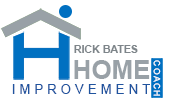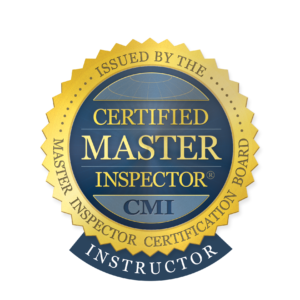(10) Points About Mold Testing
1. Mold testing or sampling is not required in order for a NYS Licensed Mold Assessor to make a determination that mold is present and/or that mold remediation is needed.
2. Mold testing is performed by a NYS Licensed Mold Assessor or Industrial Hygienist. The retail available petri-dish tests for mold will always show some type of growth and typically causes unneeded anxiety and drama for homeowners and tenants.
3. There are two main types of mold testing: Direct and Air Sampling. Direct sampling utilizes either a sterile cotton swab or lift off adhesive tape to collect a sample. Air Sampling requires a special media surface that is exposed for a designated time in order to identify and calculate the molds present.
4. Although not required, mold testing prior and post mold remediation can be helpful to establish (benchmark) levels prior to abatement and to determine if specific cleanup objectives have been achieved when testing is done post abatement as well.
5. No safe levels of exposure to mold have been established. There are no state or national standards for mold levels.
6. Most mold sampling is performed to identify the genus of molds present.
7. Genus and species identification of molds present is necessary for health condition correlation and/or mold litigation cases.
8. Identification of the mold present down to the species level takes longer and costs more – sometimes 5x longer for results and 2x the cost.
9. Air sampling for mold must compare the mold indoors to the mold outdoors in that specific geographical location
10. Samples rarely ever show zero mold. Mold is present everywhere both indoors and out but comparatively there should be no toxic mold types indoors, fewer types of mold indoors compared to outdoors and typically fewer than 1000 spores per cubic meter of air in any indoor mold in air sample.
Call or Text Rick Bates at 607-738-5396 to discuss your mold testing concerns

